Restoration of visual perception by 3D artifical photostimulation
Restoration of visual perception by 3D artifical photostimulation
By understanding how functional neuronal assemblies relate to subjective perceptions and behavior, and eventually finding and reactivate these assemblies in a precise, biologically relevant manner, an 'artificial sense', a sensory (visual) prosthetic could be created. In this, a similar cortical activation would be elicited as during a classical visual stimulation. Functional cortical connectivity can be mapped precisely and in a large volume by two- photon AO microscopy. In this project, that has received fund from the European Research Council (ERC), we will scan neuronal activity with high speed and simultaneously photoactive neurons with high efficiency and subcellular precision in the entire V1 region of the cortex. Using our microscope in combination with novel caged neurotransmitters and optogenetic tools, we want to map cell assemblies and to understand how they form larger clusters and how they are associated with visual features. We aim to restore visual perception by 3D artificial photostimulation in behaving mice.





